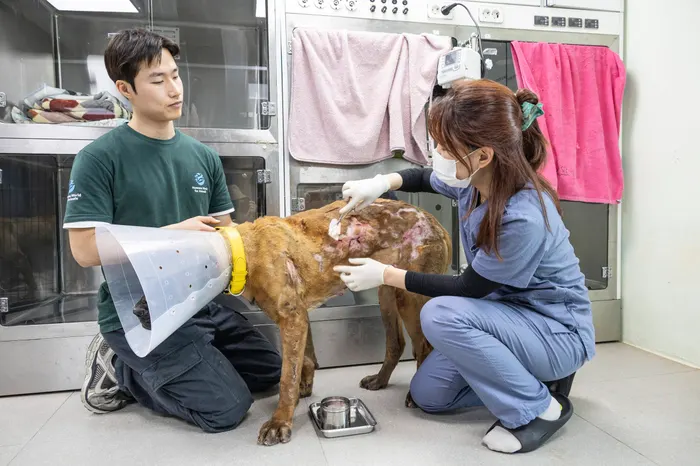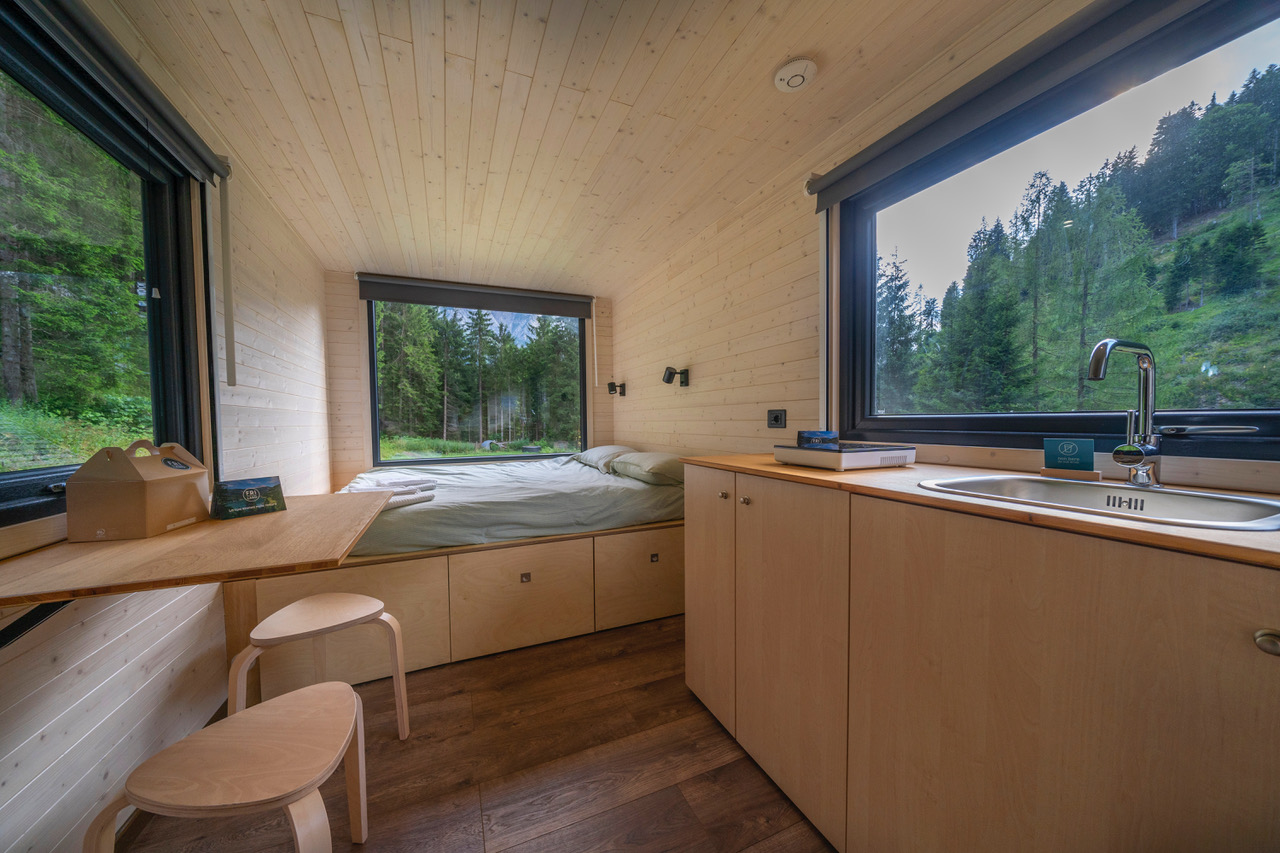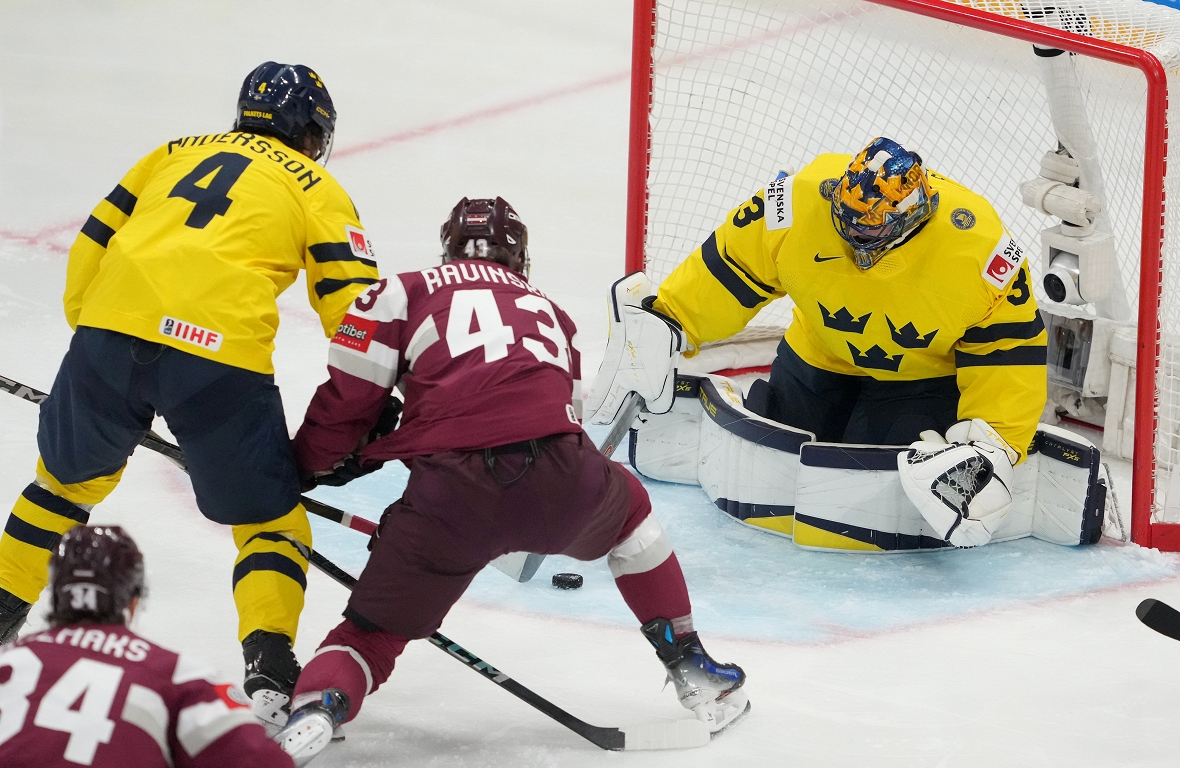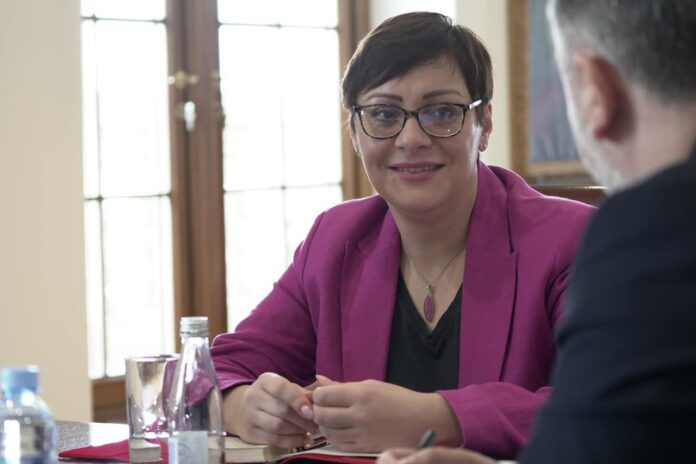Flat foot: when the footbed is sufficient and when surgery is needed

A concern of parents about a problem that often solves itself and in any case does not prevent a normal life. In some cases, however, it is necessary to intervene (within a certain age)
The flat foota problem that affects many children, about the 60-65% From the very first childhood and up to 6-7 years, it is a source of concern for parents, sometimes with reason others wrong.
In fact, there are forms that spontaneously resolve, with growth, or with conservative corrective solutions, such as i plantar (Technically the Ortese), while other conditions may instead request a surgical approach.
The treatment of the flat foot is determined by cause of the problem, therefore it is fundamental to turn to the pediatrician family for a first evaluation that will direct, if necessary, to a pediatric orthopedist for a more in -depth classification.
Description and causes
Is often discovered casually. «The flat foot – he explains Domenico CurciOrthopedic at the Pediatric Orthopedics Operations Unit of the IRCCS GALEAZZI HOSPITAL – SANT’Ambrogio in Milan – is characterized by flattening until the possible disappearance of the Plantar vault and sometimes it can also present a valgism, that is, an anomalous rotation Towards the interior of the background at the level of the heel, as if the foot leaned heavily on the ground. Cases are frequent in which the flat foot is detected by the parent in the summer, noting that the child walking on the sand does not leave the classic footprint of the inarn foot, but a flat now. It is important to evaluate the nature and the different in the form of flat foot, to start the most correct treatment. Among these are for example the idiopathic flat footso defined because the cause is unknown to the base, although the most probable hypothesis is familiarity, that is, parents – mom, dad, or both – also with flat foot, increasing the risk in the child to manifest the problem from early childhood, or can associate with another unmotivated cause. Or the rigid flat footin which the plantar arch is not formed when the child is on tiptoe, due to a structural bone anomaly, potentially susceptible to a treatment. Then we remember the flat foot due to neuromuscular diseases such as child cerebral paralysis, for example, or for post-traumatic causes linked to the breaking of specific bone segments (hull, astragalo, heel) or other. In most cases, and I feel like reassuring parents, the flat foot is physiological, that is, it works well despite the absence of the plantar arch, and often meets one spontaneous resolutionwithout the use of custom -made users or specific shoes (anti -printed running), or surgery required only in 2% of cases. This means that not all children with a flat -to -footage will continue to have this problem as adults ».
Weight problem
Further good news, which is unlined by parents’ concerns, is the fact that the physiological flat foot does not limit the conduct of one Normal life: The child can run, walk and jump at will, do sports and physical activity.
Attention instead to the weight: obesity and overweightin predisposed children, they could favor the manifestation of the flat foot, whose resolution is more difficult. « First of all, we need to act on weight control – clarifies the doctor – and only subsequently treating the deformity of the foot, evaluating whether a cork, silicone or other deformable materials can be of help. Surgery, in fact, is contraindicated especially in a serious overweight case ».
It should be taken into account, however, that in any context, a conservative treatment, such as plantar, corrects the problem, therefore the possible painful symptomatology, but does not take care of it. The real resolution, when necessary, is represented by the surgery that acts on the cause upstream of the development of the flat foot.
When to intervene
To an expert eye, the flat foot is immediately identifiable, from the first observation, even without the use of the podoscope, the platform-pile equipped with light that was used in the past to make diagnosis. While in particular cases where there is a doubt about a therapeutic choice, it can be indicated to make one X -ray of the foot in charge (performed standing) to confirm or exclude the need for an intervention.
« Surgery – the expert knows – must be performed only in the presence of pathological foot, like a pronato valgus foot, which has pain due to the overload in specific points of the foot or other more serious conditions. The suggestion is of intervene in the window between 10 and 13/14 yearswhen the foot is still « malleable », allowing a minimally invasive approach and reducing the risk of having flat foot as grown up ».
As for any surgery, even in the case of flat foot, possible complications are to be taken into account, but the percentage is very low, around 2.7%, and mainly concerns intolerance to implanted screw To straighten the malleolus and allow the acquisition of a correct foot posture. In most cases these induced inconveniences, including muscle contractures, can be resolved with a physiotherapy treatment, while if the pain persists it is necessary to remove the screw returning to reuse the footbed for life.
In the simplest situations, proprioceptive exercises useful to improve balance, performed with the proprioceptive tabletevery day at the home, they are often sufficient to re-educate the child to a new support and the reinforcement of the musculature. « The sporting activity instead – adds Curci – must be interrupted for at least 40 days and after this time a normal life can be resumed, including exercise, without having to resort to the specialist shoe, to the footbed and other palliative solutions ».







:format(webp)/s3/static.nrc.nl/wp-content/uploads/2025/05/09211541/web-ZAT1005-IHN-Woningbouw-Chris-Bosch-Thumbnail2-1.jpg)
